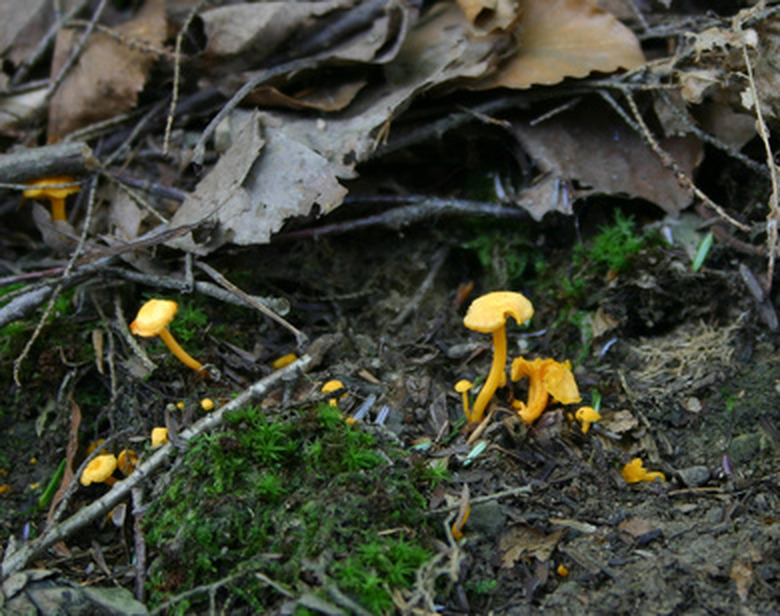Bugs In Indoor Plant Soil
Houseplants brighten dreary winter days and produce oxygen to help clean indoor air. But when bugs start popping up in their soil or around their pots, it's difficult to appreciate their beautiful foliage. Just as whiteflies and other insects can infest plants, there is a group of bugs that live or breed in their soil.
Identification
Soil-dwelling bugs live or reproduce in or on the soil. They feed on organic soil contents such as decaying plants, fungi and molds. In the garden, they often provide a service, aiding the decomposition process in compost and topsoil. But indoors, they can become a nuisance as their populations increase. Some even start eating plant roots and stems as competition for decaying matter increases.
- Houseplants brighten dreary winter days and produce oxygen to help clean indoor air.
- But when bugs start popping up in their soil or around their pots, it's difficult to appreciate their beautiful foliage.
Types
Fungus gnats are the principal indoor soil pest; they lay their eggs in soil; larvae feed on decaying matter until the fly emerges. Springtails and millipedes live under mulch, boards and pots in moist places; these long bugs can often be found creeping across the surface of the soil. Millipedes are nocturnal; both can be found hiding under flower pots or surface mulches. Sowbugs and pillbugs are prehistoric-looking oval bugs with segmented bodies that hide in loose soil or under mulch during the day and look for seedlings and bedding plants when decaying organic matter runs low.
Effects
These bugs mostly are a nuisance, although fungus gnats can breed impressive colonies in confined spaces. Fungus gnat larvae can also damage roots and crowns of plants as they burrow into soil. When springtail colonies grow large, they consume surface growth. Alternative food sources for springtails are seedlings and tender shoots; millipedes resort to roots and bulbs. Most soil bugs don't like attention: sowbugs scatter in light, and pillbugs and millipedes curl up when disturbed.
- Fungus gnats are the principal indoor soil pest; they lay their eggs in soil; larvae feed on decaying matter until the fly emerges.
- Sowbugs and pillbugs are prehistoric-looking oval bugs with segmented bodies that hide in loose soil or under mulch during the day and look for seedlings and bedding plants when decaying organic matter runs low.
Eliminating Soil Pests
Larger pests like millipedes, sowbugs and pillbugs can be "picked" and removed as they are discovered, but smaller pests like fungus gnats and springtails may not be visible–and they reproduce too quickly to pick. Spray the soil surface, pots, saucers, surface mulches, wood shelves and benches or plant parts with an insecticidal soap specifically labeled for indoor use. Several insecticides are available for use as "soil drenches"; species they affect are listed on their labels.
Prevention
Never bring garden soil inside; use sterile potting soil mixes. Sterilize moist potting soil by covering it and baking it in a slow (250 degree F) oven until its internal temperature reaches 160 to 180 degrees. Ensure new plants aren't bringing unwanted guests along by quarantining them for a week before transplanting or adding them to the rest of the collection. Soak their soil thoroughly and let it go almost dry to drown and then dehydrate any soil-dwelling eggs or larvae. Check plant saucers and wooden benches (top and undersides) frequently for springtails, millipedes and pillbugs.
- Larger pests like millipedes, sowbugs and pillbugs can be "picked" and removed as they are discovered, but smaller pests like fungus gnats and springtails may not be visible–and they reproduce too quickly to pick.
- Soak their soil thoroughly and let it go almost dry to drown and then dehydrate any soil-dwelling eggs or larvae.
